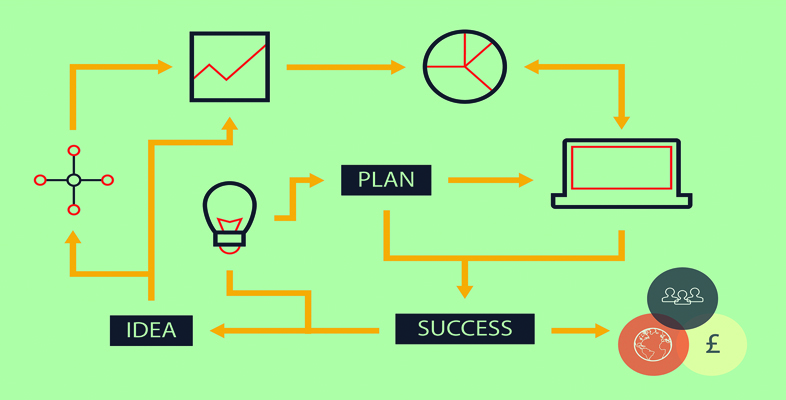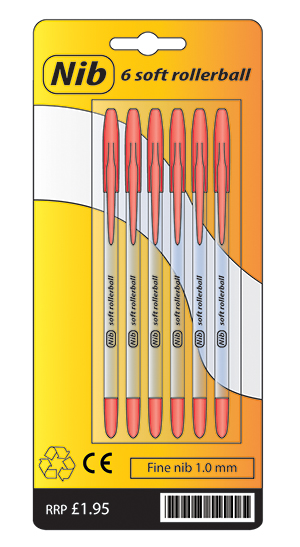3 Optimising value
By now you should have gathered that value is more than cost and price, and comes from more than your product or service. It is the sum total of what you provide for customers as a business. In other words, it can be delivered through all the elements of your business model.
The underlying premise of marketing and economics however is that your business should create value that people want or need, at the right price to encourage purchase and/or use. In this way there is an exchange of value – customers pay you for all that you give them. In order to have a viable value proposition you therefore need to refer back to Session 4 to understand:
- who and where your target audience is
- how your target audience perceives the offer being made to them and indeed how you can shape your target market’s perception
- how the offer can be positioned in the marketplace (i.e. how it is perceived relative to competing products, services or suppliers) in terms of its features and benefits
- how to communicate this value in a meaningful way to customers, emphasising what they care about most.
Before moving on to describe your own value proposition it is worth pausing to consider how you would describe your target audience. How much do you know about them and their needs or problems, and how much do you understand about the difference your idea would make to them? Would it be enough of a difference to persuade them to change their current buying or usage behaviour? Does it save enough time, provide enough of a benefit to change habits or suppliers, or pay more?
If you don’t know the answers to some of these questions you may have to do some more research (recall the focus group activity in Session 4) amongst your potential target customers to investigate where you need to concentrate your efforts. Or perhaps you need to understand much more about where your competition is likely to come from and what their value proposition is. Don’t forget that a competing product or service may be something quite unrelated to how you would classify your own product or service. For example, a car that runs on alternative fuels competes with petrol or diesel engine cars, but it also competes with bicycles, public transport and taxis for some groups of customers.
Activity 2 Feature or benefit?
- List at least four features of the product shown above – properties or aspects of its design. Then for each of these features provide a customer benefit.
(Hint to define the benefit: complete the sentence ‘which means that…’.)
- If this was your product, how might you express the value to customers of this product in no more than 100 words? (Look back at Session 3 for tips.)
Discussion
Here are the features that are immediately obvious from what you can see in Figure 3:
The pen is affordably priced which means that you don’t have to worry about losing it as it can be replaced cheaply; it has a fine nib (so can be used for handwriting or fine detailed work); it uses red ink (which means that writing or marking will stand out more than normal black or blue ink); it packaged in recycled packaging so creates less damage to the environment; the quality standard ensures a minimum standard that is accepted throughout the European market which provides assurance of the standard of the materials used.
You may well have come up with other features and benefits. You should now think of your own product or service in this way and make some notes about your value proposition. Hopefully you can do better than this:
‘A cost-effective pen that doesn’t cost the planet.’
The purpose of this activity was to encourage you to think as your customers do – what is important to them and how, if you need to, could you persuade them that your own business provides sufficient value to merit them paying the price you ask for, switching their behaviour or supplier, or even trying something novel or new?
Next you will consider how branding can influence your business.

